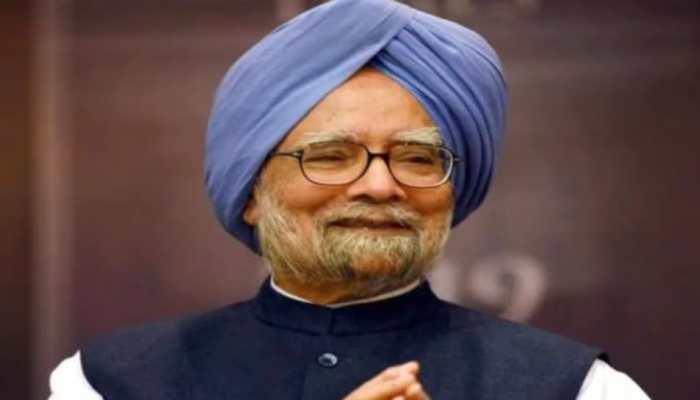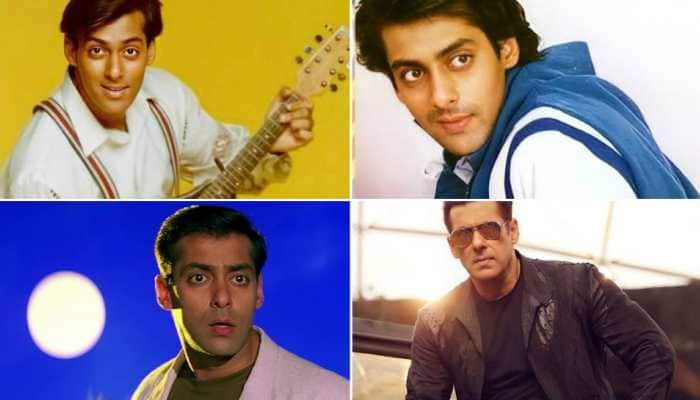BJP loses Yogi's Gorakhpur and Maurya's Phulpur: 5 reasons why it's a big deal
The BJP lost its bastion Gorakhpur, previously held for five terms by Uttar Pradesh Chief Minister Yogi Adityanath, and Phulpur.
Trending Photos
The Bharatiya Janata Party (BJP) suffered a massive setback as the results of the Gorakhpur and Phulpur Lok Sabha byelections were declared on Wednesday. The party lost its bastion Gorakhpur, previously held for five terms by Uttar Pradesh Chief Minister Yogi Adityanath, and Phulpur, which had sent Deputy CM Keshav Prasad Maurya to the Lok Sabha.
Former chief minister Akhilesh Yadav-led Samajwadi Party, in an alliance with Mayawati’s Bahujan Samaj Party (BSP), snatched the two prestigious seats from the BJP. Reacting to the poll debacle, Uttar Pradesh Chief Minister Yogi Adityanath said it was because of “over confidence” and the last-minute alliance between the SP and BSP that led to the loss.
Yadav, on the other hand, said that people had voted against hatred, calling the results a “victory of social justice”. He lashed out at Adityanath and Prime Minister Narendra Modi saying, “if people in their bastions are so angry with them, just imagine the situation when elections are held across the country”.
Here are five reasons why the loss in Gorakhpur and Phulpur is a big deal for the opposition as well as the ruling BJP:
1. Losing Gorakhpur bastion
Gorakhpur was a prestigious seat for the BJP to lose in bypolls as Chief Minister Adityanath has represented the constituency for five consecutive terms. Losing the seat during his tenure as a CM means a major loss of face for the BJP.
2. Not retaining Phulpur seat
BJP had wrested Phulpur seat from the BSP in 2014 Lok Sabha elections, but failed to win the seat vacated by Deputy CM Keshav Prasad Maurya. He had won from Phulpur handsomely in the 2014 Lok Sabha polls.
3. Slump in vote share
Both Adityanath and Maurya had won from the seats with huge margins in 2014. In both the seats, BJP’s vote share in 2014 polls were more than 50 per cent. However, this year their vote share has dropped below the halfway mark.
4. The SP-BSP deal
The two parties decided to join hands after a gap of 25 years to pose a joint against the BJP. Notably, they had fought 2014 Lok Sabha polls and 2017 Assembly polls separately.
5. Loss despite low turnout
Low turnout if often considered as a favourable scenario for the incumbents, but it did not go in favour of BJP in either Gorakhpur or Phulpur. Turnout in Gorakhpur was 47.45 per cent while that in Phulpur was 37.39 per cent in the 2014 Lok Sabha elections.
The bypolls in the seats were necessitated after Adityanath and Maurya were elevated as the Chief Minister and the Deputy Chief Minister respectively.
The BJP's applecart was dislodged primarily by the arithmetic of Bahujan Samaj Party (BSP) backing its bitter rival the SP. SP's Nagendra Singh Patel defeated BJP's Kashlendra Singh Patel in Phulpur and in Gorakhpur Pravin Nishad of the SP crushed BJP candidate Upendra Dutt Shukla.
Stay informed on all the latest news, real-time breaking news updates, and follow all the important headlines in india news and world News on Zee News.
Live Tv







)
)
)
)
)
)
)
)
)
)
